A Small Look at the Infinite Spirals Found in Leonardo Pisano Bigollo's Mathematics. It is the Art of Fibonacci
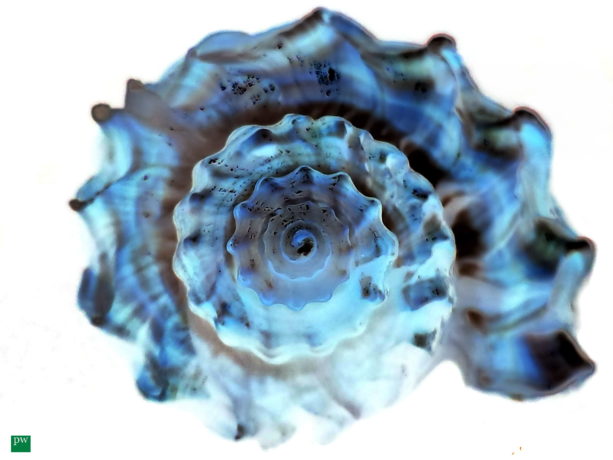
Infinite spirals that are ever moving outward and forever circling inward are called the Fibonacci sequence. Found in nature, architecture, science, and art, this pattern shows a mathematical sequence that appears in both man-made applications and naturally occurring organisms.
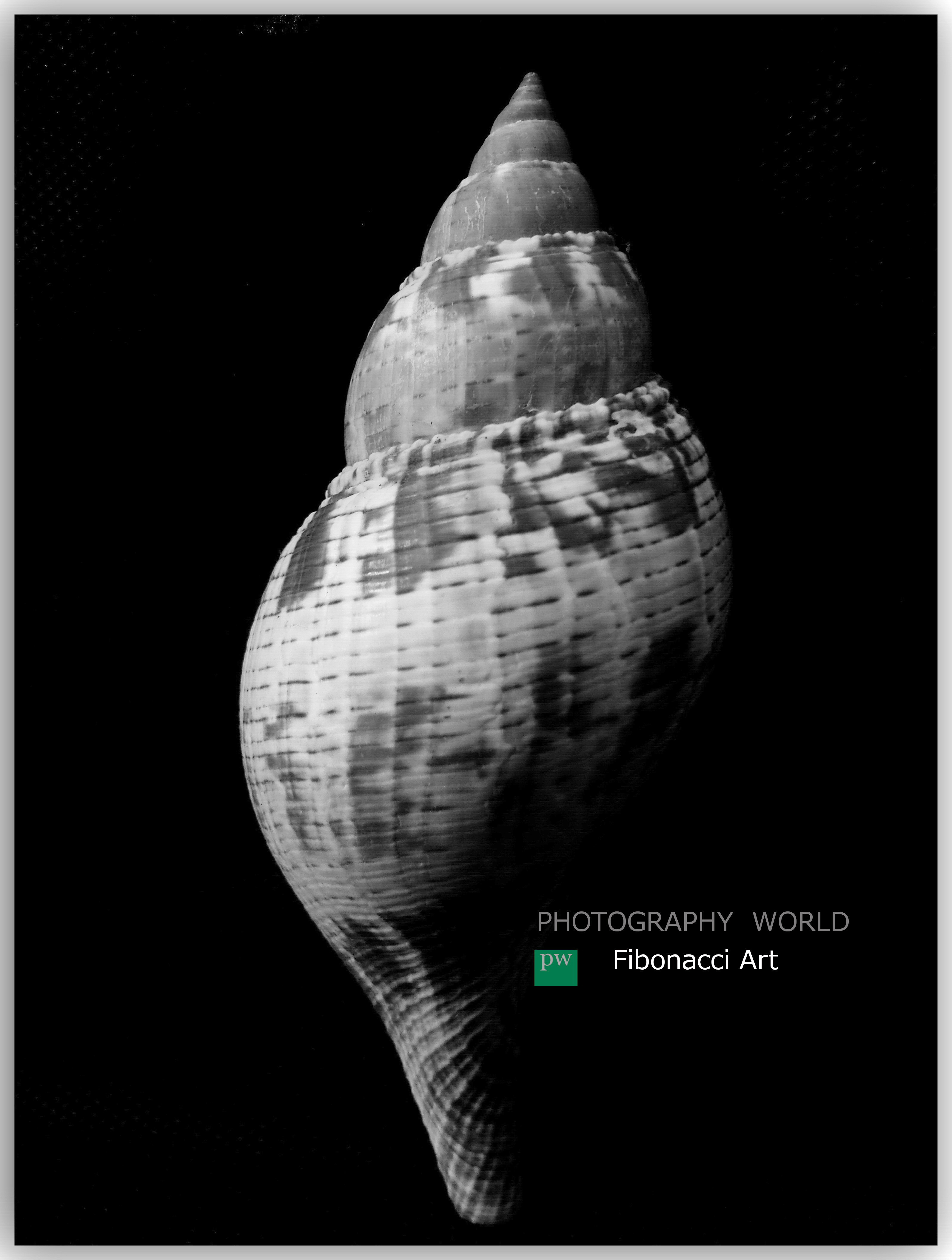
Photography World™ features these images with Fibonacci Art in mind. Geometric shapes of spirals and their related triangles are seen in many plants and flowers, weather storm rotations like hurricanes and tornadoes, huge spiral galaxies and tiny marine shells. Perhaps the most famous known series of photographs was explored in Edward Weston’s 1920’s iconic black and white portraits of this mystical spiral: the Nautilus.
Is the Fibonacci sequence found in all of nature? The answer is no. But for nature lovers and photographers, it is interesting to note that once aware of Fibonacci, it seems to be around us more and more …. It’s like hearing a specific word, say “joy”, that leaves an imprint (for whatever reason) on a person. Now that word joy seems to be coming up a lot, more than what one might have noticed before. Being aware of Fibonacci works the same way. It’s not that it exists everywhere, but in learning about it, one develops an eye for the sequencing and ultimately, an appreciation for its beauty.
This is an example of mathematical beauty in nature, science and architecture. It is not so much magic as it is magical!
Photography World™ wishes to thank NOVA, who allows educators like us to share their educational video: “Pi & the Fibonacci Sequence”. Please end the video at 2 mins 36 seconds for Fibonacci.
- THE FIBONACCI SPIRAL
In mathematics, the Fibonacci numbers are the numbers in the following sequence:0,1,1,2,3,5,8,13,21,34,55,89,144,…
The first two numbers in the Fibonacci sequence are 0 and 1, and each subsequent number is the sum of the previous two, such that :
- 0 + 1 = 1
- 1 + 1 = 2
- 1 + 2 = 3
- 2 + 3 = 5
- 3 + 5 = 8
- 5 + 8 = 13
- 8 + 13 = 21
- 13 + 21 = 34
- 21 + 34 = 55
- 34 + 55 = 89
- 55 + 89 = 144
- 89 + 144 = 233
…and so on…
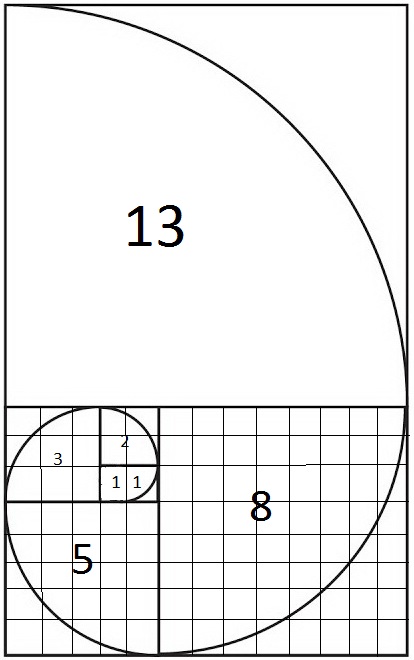
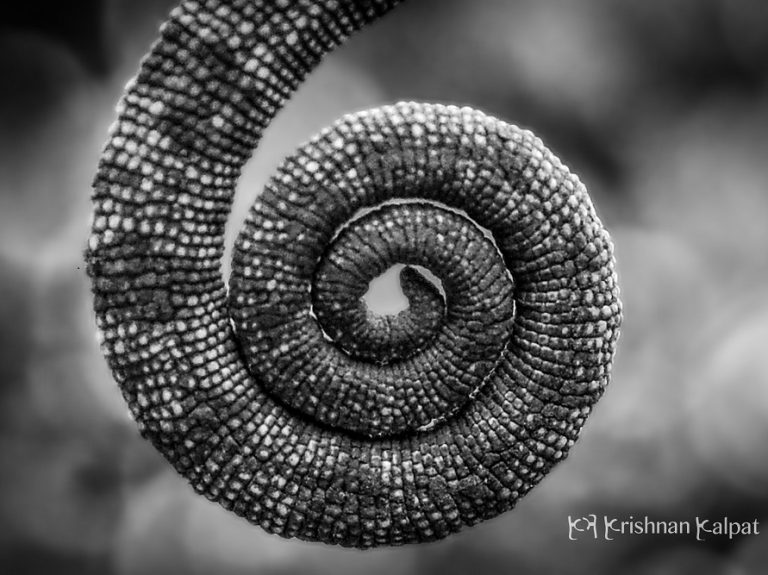
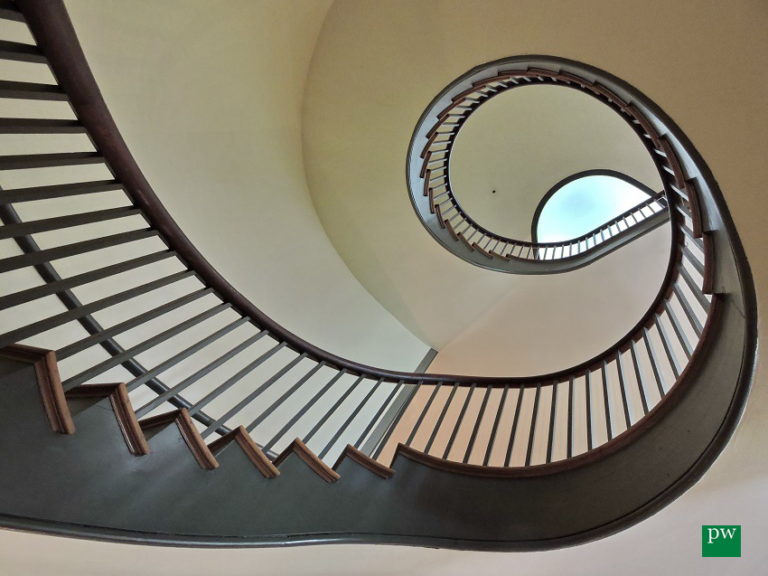
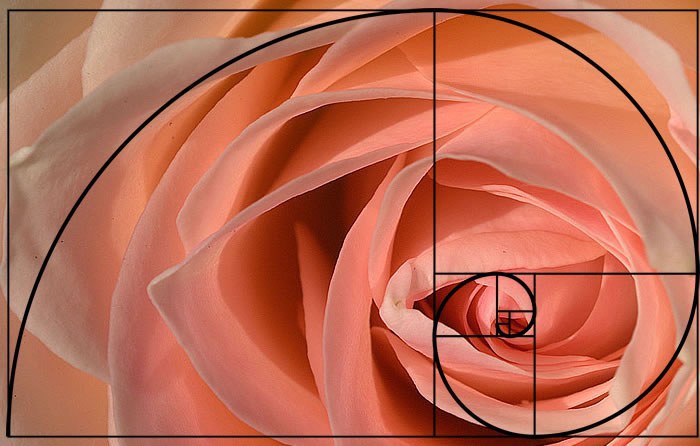
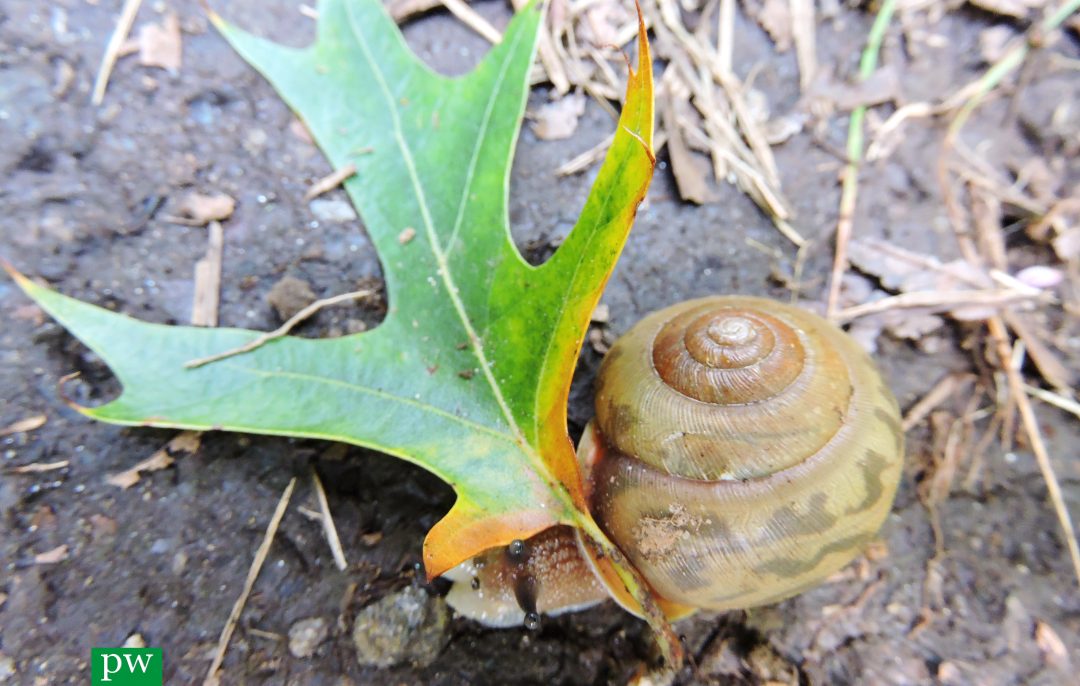

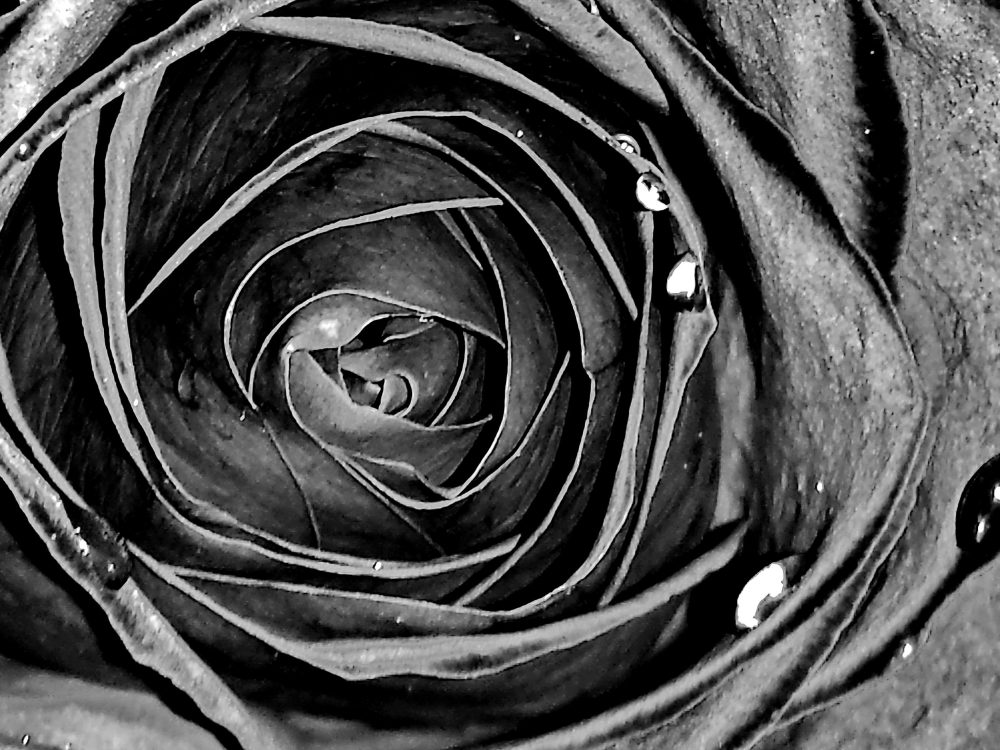
References
Knott, Ron, Ph.D, M.Sc, B.Sc (Pure Maths), C.Math, FIMA, C.Eng, MBCS, CITP. University of Surrey. “Fibonacci Numbers and the Golden Section”. Retrieved March 8, 2019 from http://www.maths.surrey.ac.uk/hosted-sites/R.Knott/Fibonacci/fib.html & http://www.maths.surrey.ac.uk/hosted-sites/R.Knott/Fibonacci/fibnat.html
- Nova Educational Videos. Fibonnaci Sequence. Retrieved August 2018; vmm-vid-pifibonacci-1920-nodatalimit-16×9-mp4-1200k_ZqKhjIV[1]
![]() Photographer Appreciation— Mina Thevenin & Krishnan Kalpat
Photographer Appreciation— Mina Thevenin & Krishnan Kalpat
0 comments